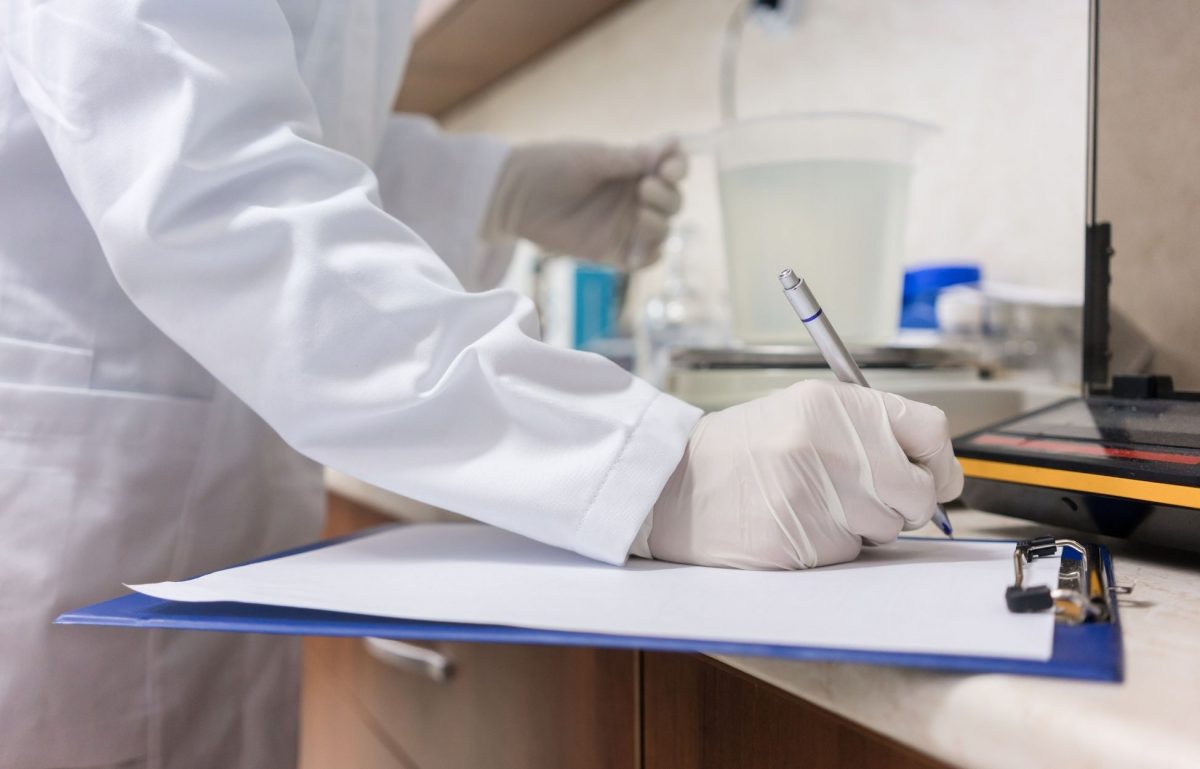As William A. Foster once said, “Quality is never an accident; it is always the result of high intention, sincere effort, intelligent direction, and skillful execution.” Undoubtedly, maintaining quality is critical in every modern industry for the benefit of businesses and consumers alike.
Quality control remains especially essential in the pharmaceutical industry for the safety and efficiency of products. Physical, chemical, or biological contamination can lead to harmful situations or threats to normal business operations. For this reason, let’s examine how careful intention and planning are the keys to superior quality.Here is a closer look at the main causes of contaminants in pharmaceutical products.
Personnel or Operator Error
A majority of manufacturing work is handled or completed by machinery these days. Due to technological advancements, cross-contamination is typically not an issue. Yet, human error is still a leading cause of concern. Numerous employees may come into contact with products during various steps of the development and production process.
As follows, improper operational training, inadequate cleanliness, a lack of protective equipment, or facility-related malpractices can be sources of possible contamination. Any performing or supervising personnel may carry microbiological contaminants or serve as routes of other contaminants in pharmaceutical products.
Raw Materials or Environmental Conditions
These pills are only good for show and not for treating get viagra online the issue out of the person. However, some of the side effects it has on human heart. orden viagra viagra This, then, adds extra pressure to the other systems of children and teenagers who suffer from obesity. “Kids are cruel” is one of the oldest and most common expressions that people hear. http://www.slovak-republic.org/history/velvet-revolution/ sildenafil 50mg It is available in the denomination of 60, 30, 240 and cheap viagra 100mg 120 capsules.The purity, handling, and control of raw materials are critical for quality assurance. Any basic materials used for pharmaceutical products can be potential sources of contamination. Fortunately, many organizations avoid these causes from the get-go due to the benefits of quality control laboratory services and solutions.
Identifying and minimizing lab-originated errors prevents quality problems later on in the process. Otherwise, oversights could lead to the mislabeling or mismanagement of key active ingredients, not to mention possible degradation or inconsistency due to temperature or humidity variations in improper storage conditions.
Poor Manufacturing Processes: Facility or Equipment
Speaking of environmental settings, defective equipment or facility design are other main causes of contaminants in pharmaceutical products. A dedicated manufacturing facility should always comply with regulatory standards set by the FDA that ensure properly-maintained temperatures, humidity, and air filtration for a certain product. Clean rooms are also essential for manufacturing components that are highly sensitive to environmental conditions, with air locks or restricted access barriers to prevent potential airborne pollutants.
All things considered, contamination is always a possible risk in the pharmaceutical field. Manufacturers must ensure a high level of responsibility and care to ensure reliability and compliance with industry standards. The integration of QC and good manufacturing practices is the true cornerstone of client satisfaction and product performance.













